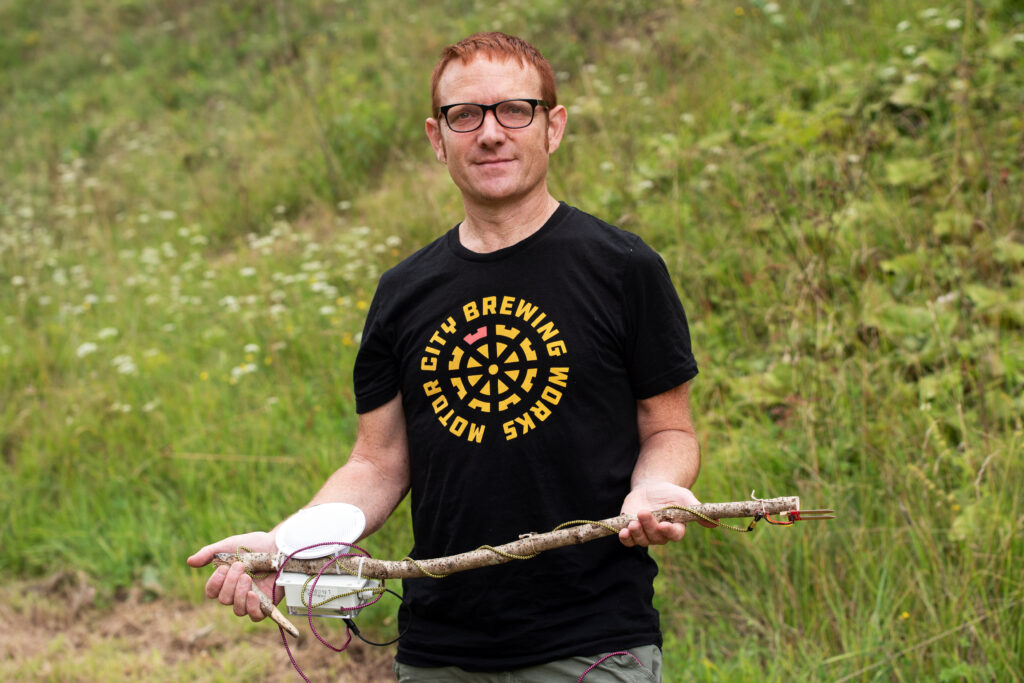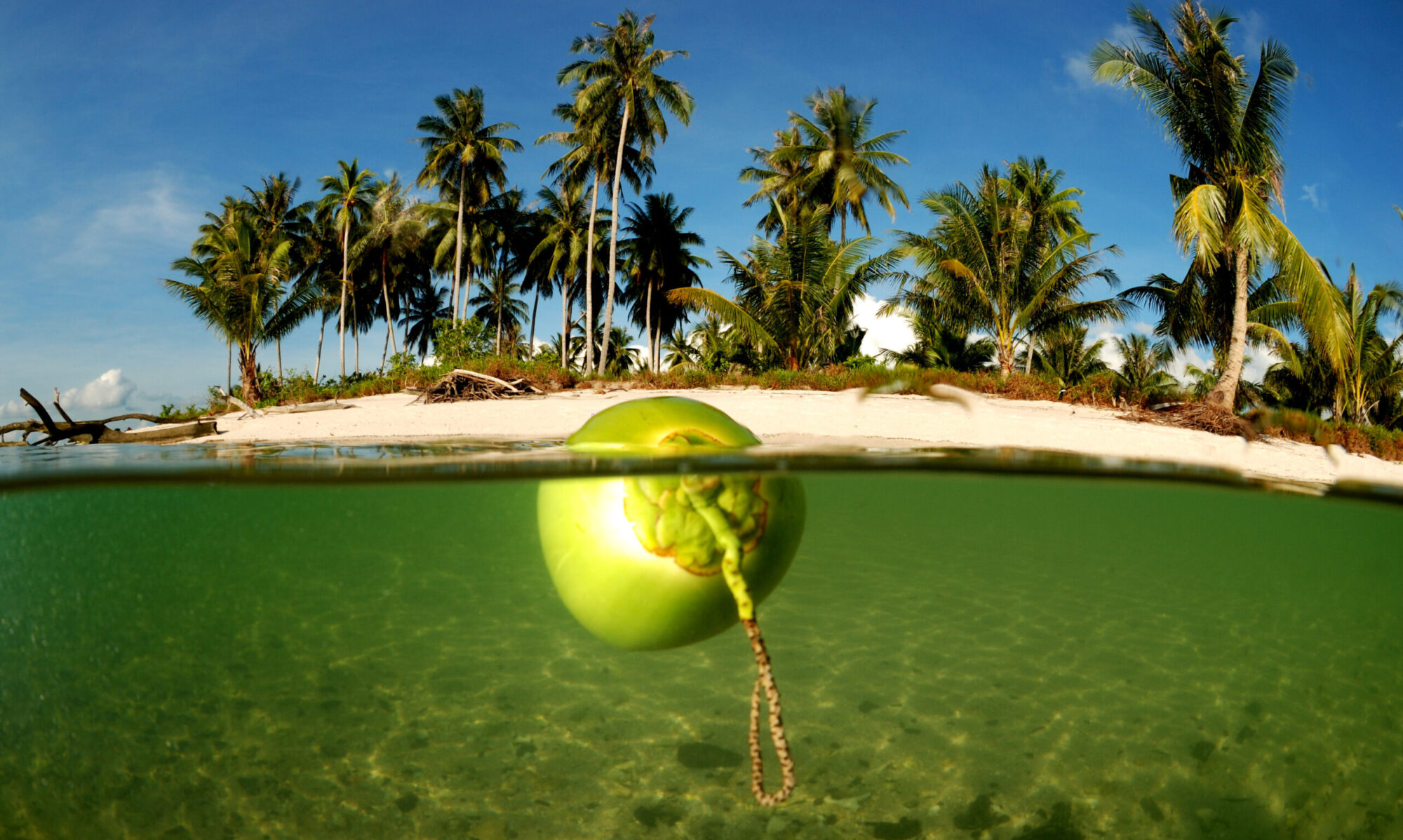
At Dinacon:
(1) Data Sensing Toolkit: this is an architecture that am developing for sensors to stream data into Adafruit IO, for use on the web with the MTTQ protocol. I’ll teach workshops on how to build your own sensors and get started with getting data sent onto the web and how to develop and front-end website that shows how to do this. I imagine that we can do things like sense water quality, plant data and many more things at Dinacon in an effort to share the data from the natural environment.
(2) Solar Boat prototyping:
I will be building a small solar-powered boat (2 feet x 1 foot) equipped with a variety of water sensors, which I will deploying in the sea. I will develop some of parts and prototypes ahead of time — the boat itself should be functional by then, but not the sensorsThe sensors will capture invisible data and transform it into musical soundscapes. This builds upon work that I have done for the last several years around revealing invisible natural phenomena.
Some possibilities for sensors
— a combination aerator and dissolved oxygen sensor. The boat would stir up the pond, creating more oxygen in the water to promote healthy algae growth with the boat capturing live data of pockets of oxygenated water.
— a sonar sensor to capture the measurements of the bottom of the waters, revealing the underwater topography
— a turbidity sensor that would capture the murkiness of the water at various depths, revealing how aquatic life might navigate the waterways.
— water quality sensors (pH and EC) that sample the water at various points.
The solar-powered boat would include a remote control for steering it as it collects data, as it glides slowly across the surface of the water. Viewers could then listen to the results at various data points of the waterway, learning about the waterways through music. The boat would be a performance vessel and I would improvise the musical arrangements from the data.
Bio: Scott Kildall creates artwork that transforms hidden data from the natural environment, such as water quality, air quality and plant data into sculptural sound installations and performances. He uses custom electronics to create generative, data-driven experiences with uncertain outcomes.
His artwork has been exhibited internationally at venues including the New York Hall of Science, Transmediale, the Venice Biennale, the Vancouver Art Gallery and the San Jose Museum of Art.
He has received fellowships, awards and residencies from the SETI Institute, The Bloedel Reserve, Impakt Works, Autodesk, Recology San Francisco, Joshua Tree National Park, Eyebeam Art + Technology Center and more.
Scott Kildall has been working with art + technology + education for over 15 years. He currently resides in San Francisco, where he runs a residency program from his home called Xenoform Labs that hosts international new media artists.


